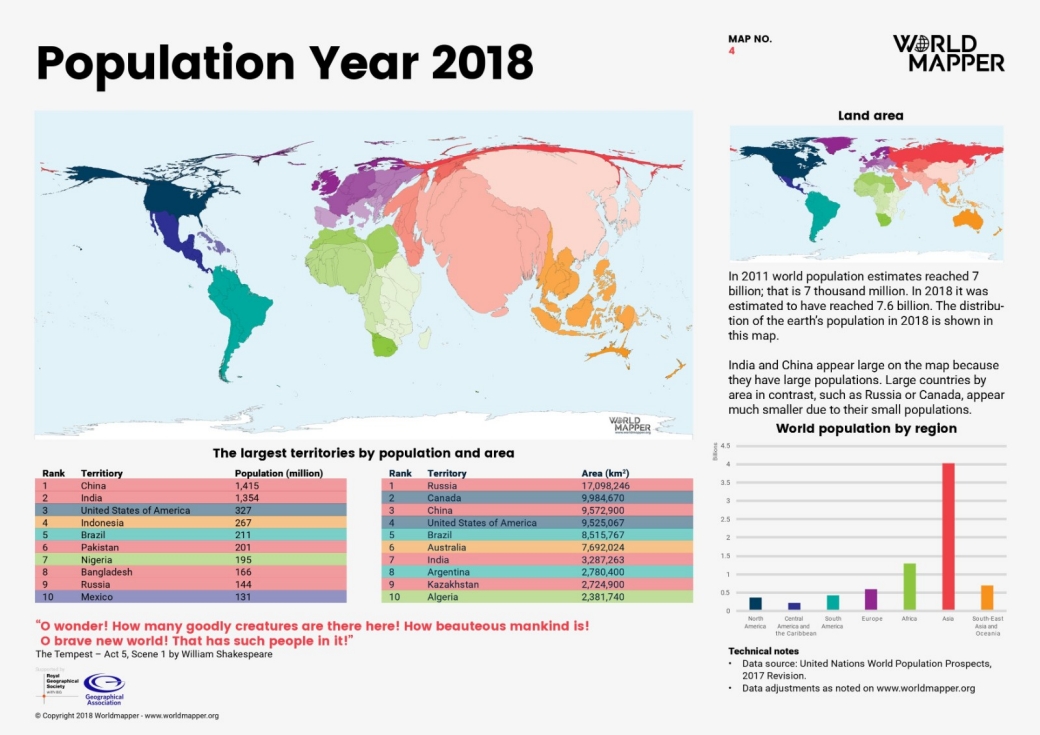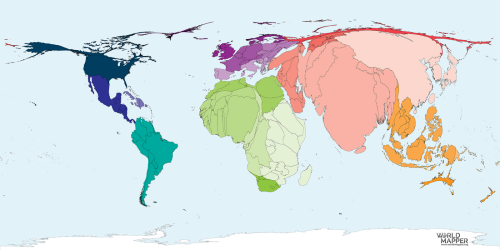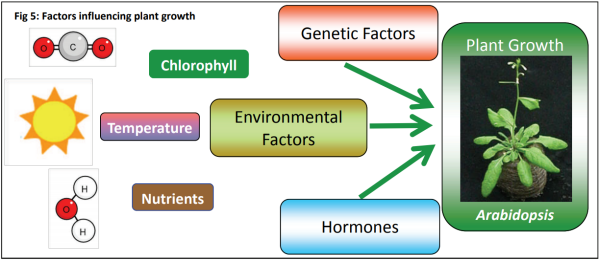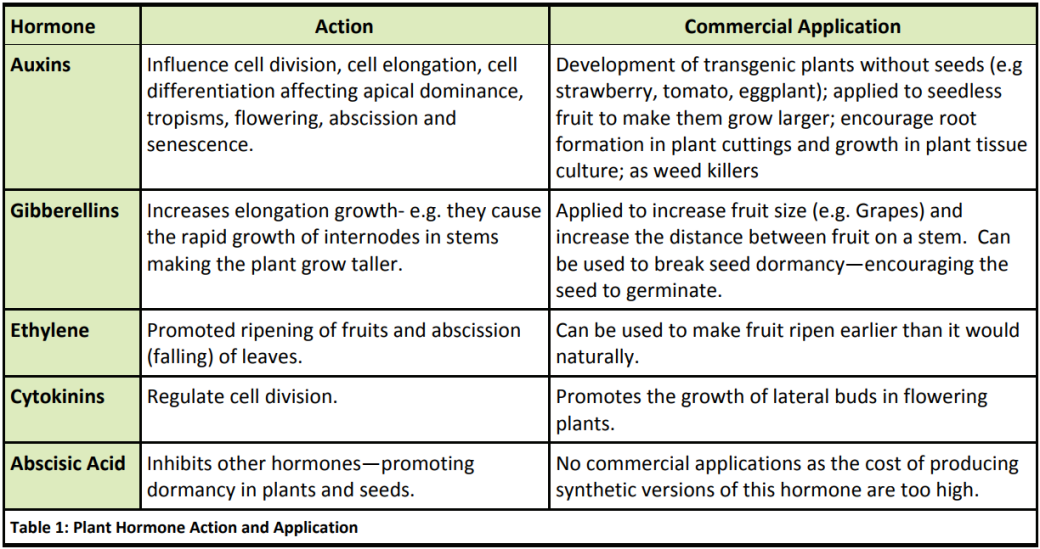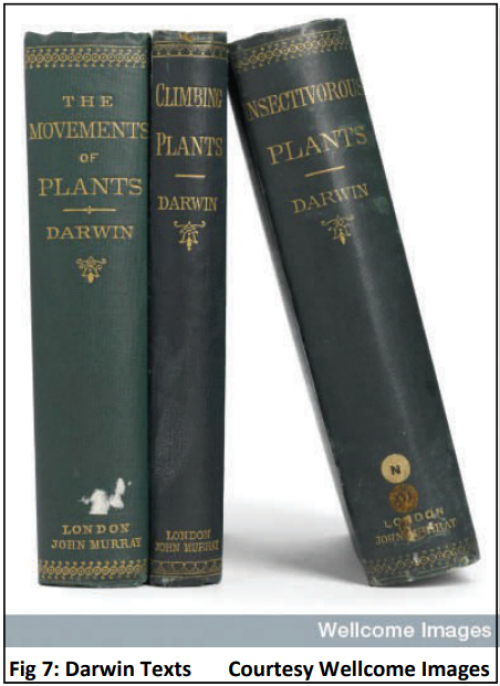Earth has a total land area of 13,056 million hectares. World population experts estimate that there are around 7.6 billion people on the planet. If this land resource was divided up equally, there would be around 1.7 global hectares of land for every person on Earth. However, the world is not divided up evenly. New Zealand has a land mass around the same as the United Kingdom. We have close to 4.8 million people while in the United Kingdom there are almost 67 million people living in the same land area. Australia has a huge land mass of over seven million square kilometres of land, but the land is not nearly as usable as New Zealand’s land. The biocapacity of land is a measure of biological productivity and is measured in global hectares (Gha). A global hectare is one hectare of biologically productive space using world‐average productivity levels. New Zealand has 218 Gha per sq km compared to Australia’s 29 Gha per sq km (FOA, 2008).
Figure 1 shows current population distribution. Figure 2 shows projected population data for 2050. A comparison of these maps paints a picture of the real need for science and agriculture to work together to find better ways of maximising plant growth in order to feed the world.
"The world has no alternative to pursuing Sustainable Crop Production Intensification to meet the growing food and feed demand, to alleviate poverty and to protect its natural resources.” - Shivaji Pandey, Director of FAO's Plant Production and Protection Division, 2009.
Dr Karine David is group leader within the Plant Molecular Sciences Laboratory at The University of Auckland. Dr David and her team at the University of Auckland are conducting research that helps to understand how plants grow, and how this understanding can be applied to maximising plant growth, contributing to a global solution.

